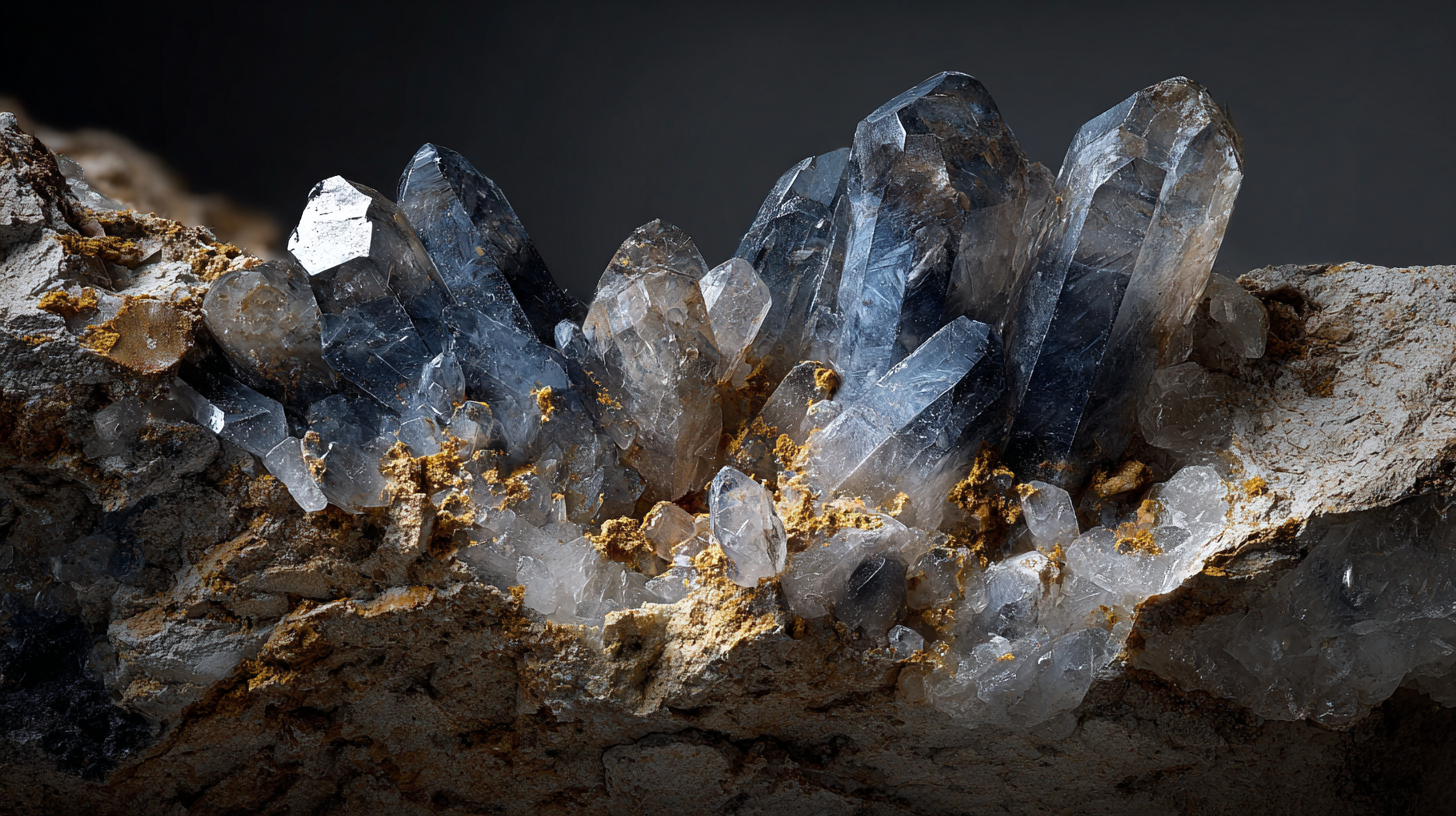The United States is throwing its support behind a major new critical minerals investment as Korea Zinc moves forward with plans to build a $7.4 billion smelting facility on U.S. soil. The project underscores Washington’s growing urgency to secure domestic and allied supply chains for materials vital to semiconductors, defense systems, aerospace applications, and advanced manufacturing.
Korea Zinc, the world’s largest zinc smelter, has approved the creation of a U.S.-based joint venture, Crucible JV LLC, to develop what it describes as a state-of-the-art, fully integrated large-scale smelting complex. The venture will be backed by a mix of U.S. government funding, strategic investors, and Korea Zinc itself, with roughly $1.94 billion of the total project cost coming from this public-private partnership.
The planned facility will be built on the site of the existing Clarksville, Tennessee smelter currently operated by Nyrstar USA, a subsidiary of commodities trader Trafigura. Korea Zinc plans to acquire the plant and significantly expand its capabilities, transforming it into a multi-metal processing hub. Once completed, the site is expected to refine zinc, lead, copper, gold, and silver, along with strategically sensitive minerals such as antimony, germanium, and gallium.
Those three minerals have taken on heightened geopolitical importance following China’s recent export restrictions, which were widely viewed as retaliation for U.S. technology curbs. Antimony, germanium, and gallium are essential inputs for products ranging from semiconductors and satellite systems to night-vision equipment and advanced defense electronics. By developing domestic refining capacity, the U.S. aims to reduce reliance on Chinese-controlled supply chains and strengthen its industrial resilience.
The deal highlights how critical minerals policy has become a bipartisan priority in Washington. Even as incentives for electric vehicles face political headwinds, securing non-China sources of strategic materials has gained momentum. For Korea Zinc, the U.S. investment represents a shift in positioning — from a company tied closely to the electric vehicle and clean energy cycle to one that plays a broader role in national security and defense supply chains.
JPMorgan Chase advised Korea Zinc on the structure of the public-private partnership and helped finance the transaction through its Security and Resiliency Initiative, a program designed to channel capital into industries that reinforce economic security. The involvement of major financial institutions further signals confidence in the long-term demand for domestically refined critical minerals.
Still, the announcement comes amid internal corporate tensions. Korea Zinc is navigating an ongoing ownership dispute after its largest shareholder, Young Poong, alongside MBK Partners, launched an unsolicited takeover bid. Critics argue the U.S. smelter plan could be as much about consolidating management control as it is about long-term strategy. Supporters counter that the project positions Korea Zinc at the center of a global realignment in industrial supply chains.
Market reaction suggests investors see strategic value in the move. Korea Zinc shares surged following the announcement, reflecting optimism that geopolitical tailwinds and government backing could translate into durable growth. As global competition for critical minerals intensifies, the U.S.-Korea Zinc partnership marks a significant step in reshaping how and where essential materials are produced.



